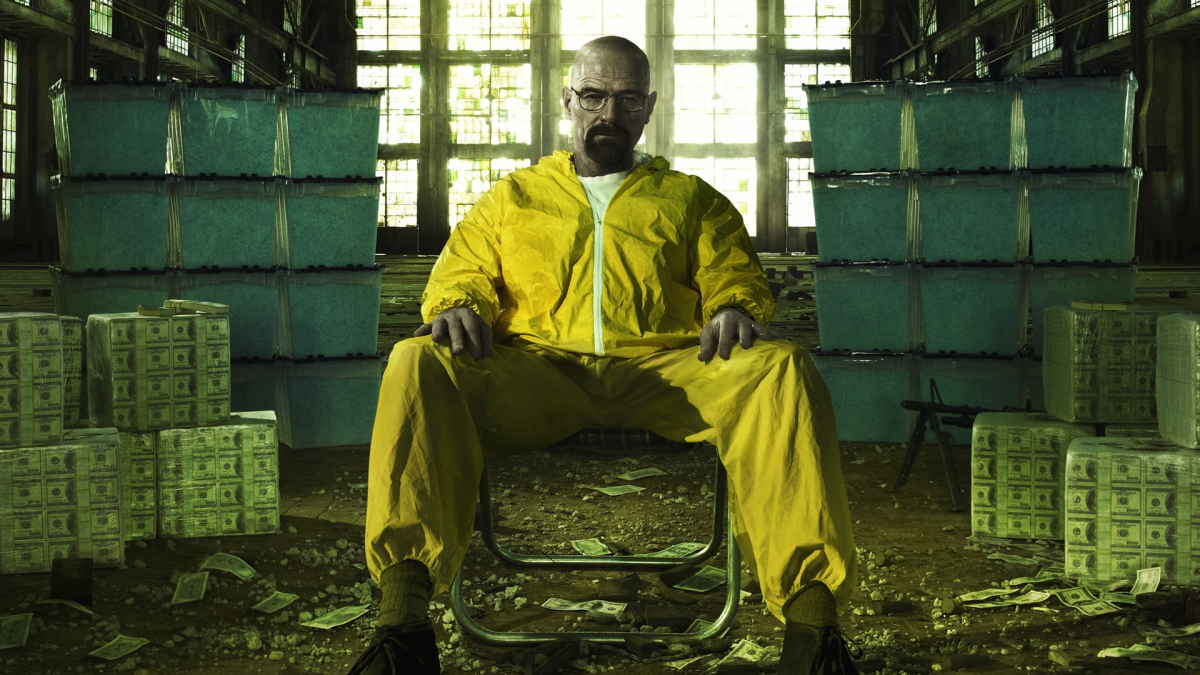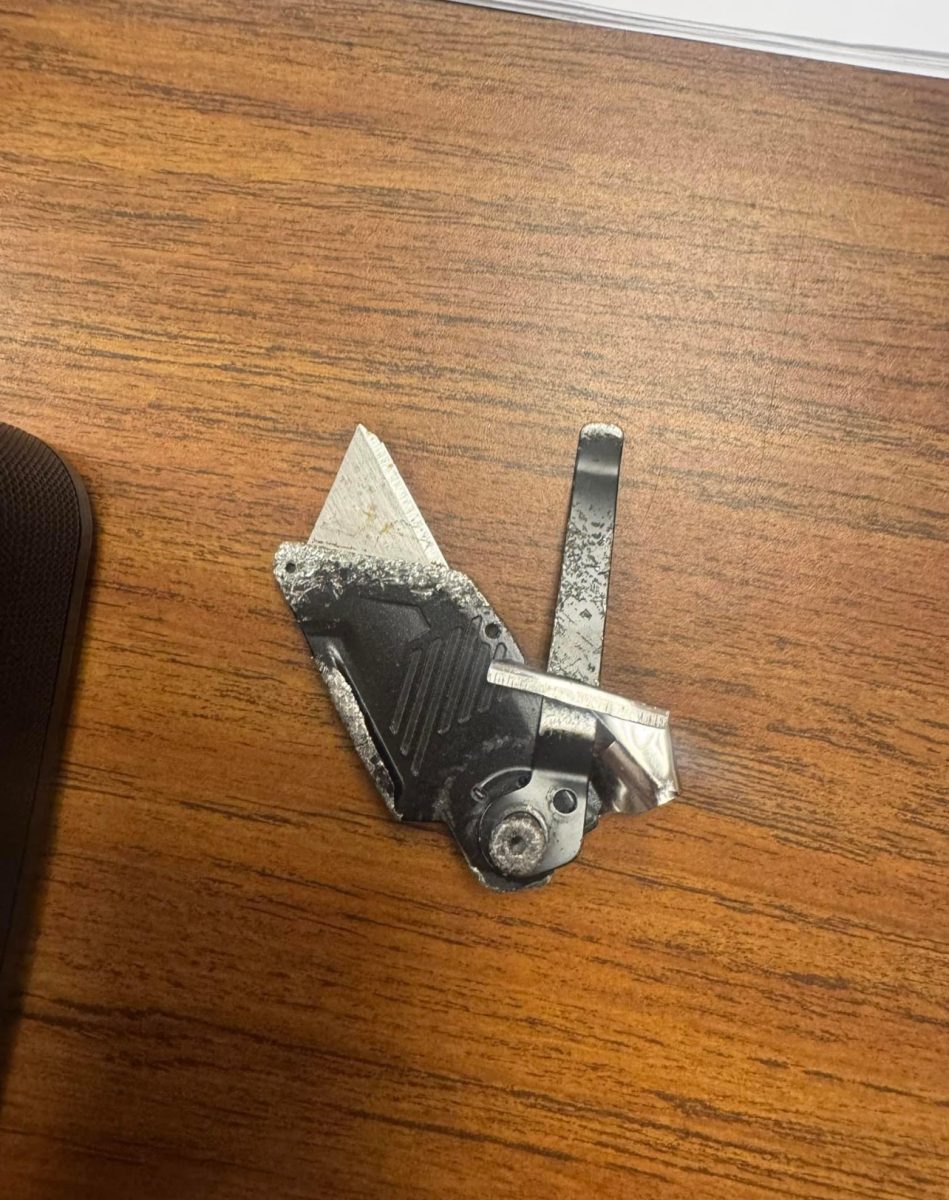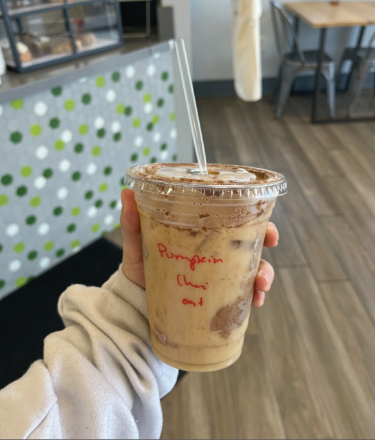“Breaking Bad” is known to many as one of the greatest shows of all time, and for good reason. With each shot, there is so much purpose and meaning that weaves the genius of this show together.
The brilliance of the critically acclaimed show altered the brain chemistry of many when it first aired in 2008, and continues to do to this day with Netflix reporting “Breaking Bad” was watched for a total of 505 million hours in 2023. There are so many things that make this show monumental and stand out from the rest of typical TV shows. Between the compelling characters, stunning performances, perfectly written story, breathtaking cinematography and even down to the details as little as color, every aspect of the show is driven with purpose to give “Breaking Bad” its honorable reputation.
The creator of “Breaking Bad,” Vince Gilligan, always had a vision in mind when placing different colors for characters to wear and to overall move the scenes from the beginning of the show. Gilligan went on to say in an interview with Vulture, “Color is important on ‘Breaking Bad’; we always try to think in terms of it. We always try to think of the color that a character is dressed in, in the sense that it represents on some level their state of mind.”
Out of all of the colors used in “Breaking Bad,” yellow is used quite frequently in the series as a symbol for involvement with the meth business. It reveals who a character is while also being used to color the story itself. For example, the infamous showrunner of the cartel, Gustavo Fring, manages to hide in plain sight from the DEA, playing the role of a generous and wealthy restaurant owner. His staple yellow shirt embodies his title as the drug kingpin while playing his daytime role. Flashback scenes involving drug lore in Mexico use a yellow tint because crystal meth is what is driving the scenes. Even yellow props are used throughout the series are used as symbolism to what in going on inside the character.
In season one episode three, White uses a yellow plate to bring food to a prisoner as a sign of charity. This yellow plate represents his good intentions with his secret life, getting into the meth business to provide for his family. Later in the episode, the plate shatters and is used against the prisoner representing the corruption he experiences with his original intent with meth. White is not cooking crystal meth anymore out of need, but out of want.
His accomplice, Pinkman, is often associated with yellow in the beginning of the series representing his deep entanglement with the meth trade. This choice was done purposefully so that subconsciously the viewers associate the drug with the color yellow. As Pinkman is affected more by Walt’s twisted mind, his clothing choices become darker and is seen wearing patterns more suggesting his moral conflict. On the opposite end of the scale, yellow is the furthest color away from purple which is the color of White’s sister-in-law, Marie Schrader, who has no connection to the meth business at all. Schrader wears purple throughout most of the show, however, it is extremely important when she doesn’t wear purple. After her husband, Hank, special agent with the DEA, discovers a huge turning point in the meth trade in season five, she is wearing yellow during the revelation.
Hank Schrader begins the series wearing orange, which is made up of yellow and red. The mix of colors means that he is associated with the meth business while simultaneously taking on the violence that comes with it. As Schrader is taken away from his case trying to figure out who the anonymous “Heisenberg” is that is cooking the 99.1% almost chemically pure crystal methamphetamine, he wears beiges and browns. He slowly starts to wear orange again as he is remerged into the case. Orange means that something is a danger to Walter White. Being that Schrader is trying to figure out who the infamous Heisenburg is, A.K.A Walter White, of course orange is the color Schrader represents. He is constantly a threat to White.
Producer, writer, and director of the show, Thomas Schnauz, revealed that they drew inspiration from “The Godfather’’ when playing with this color. “The Godfather’’ uses the fruit oranges to signify that there is a death or violent scene coming up. “Breaking Bad” does the same thing using the fruit in two key scenes in the show. In season four episode eleven, Ted Beneke, Skyler’s boss, becomes paralyzed after attempting to run from a few henchmen who confronted him about tax fraud. Oranges placed on the counter above him fall onto Beneke’s lower half as he lays suffering on the ground.
White’s wife Skyler represents the color blue, which is usually associated with sadness. “Breaking Bad” uses blue to also symbolize loyalty and purity in the context of family. Blue perfectly encapsulates Skyler’s loyalty to White despite his crimes while also feeling sad to witness the person that she married disintegrate. Like Pinkman, her color palette turns dark once she discovers her husband’s hidden lifestyle and gets more involved with it. Funnily enough, blue is the opposite of orange which is the color of Skyler’s brother, Schrader. This connection represents that while Schrader wants to overthrow White’s empire, Skyler feels the opposite as she becomes an important asset sticking by her spouse’s side.
The most famous use of color in the series lies in season two and episode 13 titled, “ABQ.” Pink plays a powerful role within itself. The beginning of the episode features a jarring shot of a pink teddy bear in White’s pool. The pink bear fell from a plane crash that White inadvertently caused. White himself wears a pink sweater allowing the audience to mirror the color and representation of it to the character. Pink represents the tragedy of his actions and a visualizer of all the collateral damage he has laid upon his loved ones because of his corrupted greed.
The infamous meth cook himself, Walter White, has a very telling wardrobe color choice that visually lets the audience know what “world” he is in: his family life and his crime life. Whenever he wears beige, which is pretty frequently towards the beginning of the show, it signifies his plain, boring and simple life.
Switching to his secret business, he wears a yellow hazmat suit when cooking meth, representing the meth trade. However, the color that he represents is green, meaning greed and money. As White starts cooking meth, he does it for the money. The reason he continues to cook is out of greed and power. Green is made up of yellow and blue, which represents both his meth business and Skyler’s blue. Anyone want to guess what color his car is? Green, representing the transportation between both lives.
Color theory isn’t a stranger to film and TV shows, however, when it is flawlessly executed it makes the meaning behind the story so much more impactful. The creators of “Breaking Bad” understood this, and creatively used color as a way to communicate with the audience to better understand the characters and the story. All of the detail and purpose put into the story allows for fans to go back and pick new things up even after they have finished the entirety of the series. A good show is entertaining to watch, but a great one rewards the audience for watching it. Perhaps that is why “Breaking Bad” is one of the most rewatched shows of all time.








